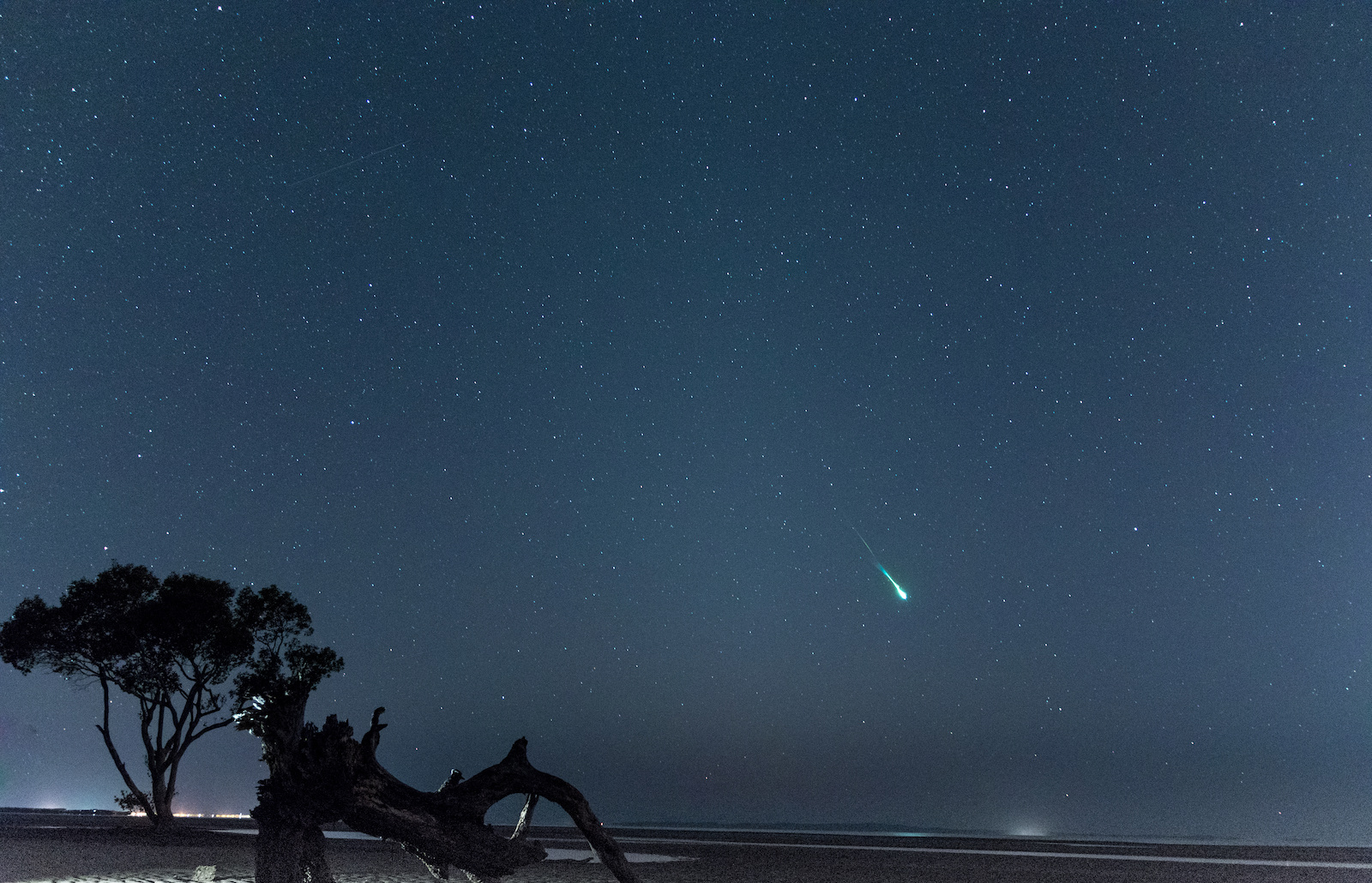
Craveology Cafe and the North Star Science Store are temporarily closed for renovation.

We might not notice it in our day-to-day lives, but our sky is actually extremely vibrant and alive. Rocks, dirt and other icy chunks are constantly buzzing by and if you’re lucky, you just might catch a glimpse of these dazzling space shows. Don’t worry if you missed the Lyrid meteor shower last week–the Eta Aquarid meteor shower will be visible in just a couple of days!
What are the Eta Aquarids?
You might be familiar with a certain famous comet, known as Halley's Comet—coming soon to a sky near you in 2061. Littered all over this comet’s orbit are countless bits and chunks of the comet itself that get left behind. These pieces make up the Eta Aquarids, and when they interact with our atmosphere, they light up and disintegrate and we get the splendid sky show known as the Eta Aquarid meteor shower. The actual comet does not need to be anywhere near our planet or even the Sun in order for us to be able to see the meteors. In fact, the comet will not be visible to us again until the year 2061.
Where and when can you see them?
The best day for viewing the shower is on May 5 and 6, 2021, in which they will be visible during the pre-dawn hours. This shower tends to be stronger when viewed in the Southern hemisphere but, while meteor numbers are lower in the northerly latitudes, you can still catch a great show. We recommend finding an area free from city lights and getting cozy with some blankets as you wait for the sky to light up.
Where do these meteors get their name?
The Eta Aquarids’ radiant—the celestial point in the sky from which meteors appear to emanate from—is the constellation Aquarius the Water Bearer. One of the brightest stars within Aquarius is called Eta Aquarii, and these meteors appear from this area of the constellation. This star and the constellation are where we get the name for this shower.
Sources: